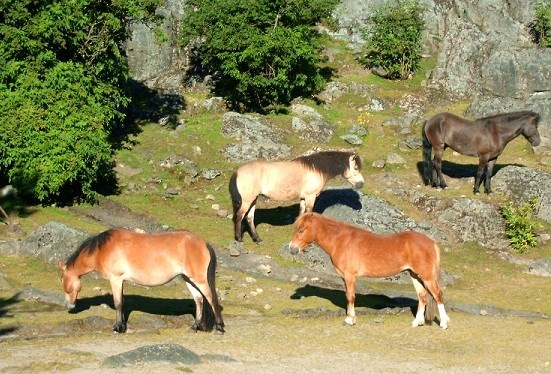Contact
Eva Tydén
Researcher at the Department of Biomedical Science and Veterinary Public Health; Parasitology Unit
Telephone: +4618671208
E-mail: eva.tyden@slu.se

Grazing horses year-round may be a means to increase biodiversity. In this study, parasite occurrence was documented on a monthly basis in 1- to 3-year-old Gotlandsruss stallions grazed year-round for 2.5 years.
Horses became infected by several parasites and, when needed (>200 strongyle eggs/gram feces), horses were dewormed with the anthelmintic drug pyrantel, which has low or no ecotoxic impact on soil fauna.
This strategy failed to control small strongyle occurrence. Horses excreted larger amounts of small strongyle eggs during summer–autumn than during the rest of the year, and the number of excreted eggs increased year-on-year. High small strongyle egg excretion did not seem to affect the body condition of the horses. Some horses were also infested with chewing louse, but did not scratch more than unaffected horses.
We found that to keep egg excretion below 200, pyrantel was not sufficient and a substance known to be toxic to dung fauna and freshwater invertebrates had to be used on some occasions.
https://doi.org/10.3390/ani9121156
Tydén, E.; Jansson, A.; Ringmark, S. Parasites in Horses Kept in A 2.5 Year-Round Grazing System in Nordic Conditions without Supplementary Feeding. Animals 2019, 9, 1156.
Eva Tydén
Researcher at the Department of Biomedical Science and Veterinary Public Health; Parasitology Unit
Telephone: +4618671208
E-mail: eva.tyden@slu.se